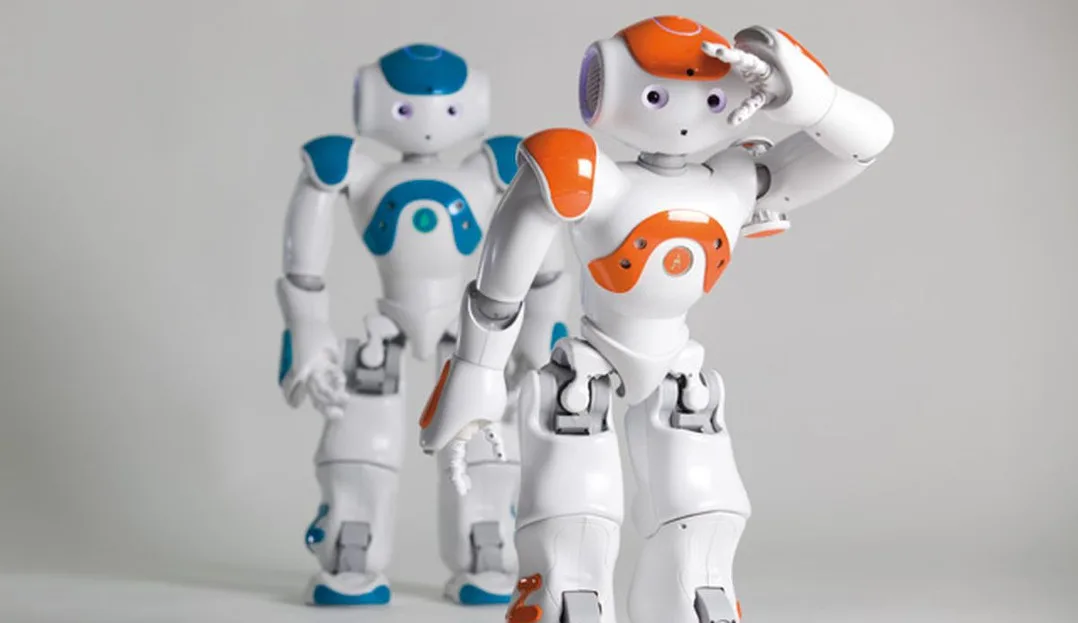Play station addicted, always connected to the internet with smartphone at hand even at night: they are digital natives, children and young people born after 2001 for which the virtual and real life are often intertwined with very blurred boundaries. The latest annual report by UNICEF “The State of Childhood in the World 2017”: Sons of the digital age”, published at the end of December 2017, confirms this scenario without any doubt. The data are clear: a 1 of 3 web users are children, 71% of children in the world is connected and in most developed countries a teenager sends an average of 4,000 messages per month, one every six minutes!
What do children do online?
All over the world, users connected to the internet are becoming increasingly younger and more mobile. Data from high connectivity countries report that children begin to use the internet to an ‘increasingly early age: on average 10 years and in some countries such as Bulgaria even at 7 years.
In the US, 92% of teenagers between 13 and 17 years declares daily online access through mobile devices. The situation in Europe is very similar: children access the internet from multiple locations and use different devices, particularly smartphones, but also fixed and portable computers, tablets and games consoles.
Although children and adolescents are digital pioneers, the range of activities they perform online seems to be rather limited. From a research conducted in 2016 in South Africa, Chile and Bulgaria, from the Unicef Innocenti Research Center, the London School of Economics and the EU Kids Online network, children surf online mainly to have fun and communicate.
In particular, teenagers love social media on mobile to be able to communicate with their peers in peace, often in the privacy of their room or from a friend’s house. The result is more personal, more private and less controlled online access and therefore less secure.
The Unicef report in fact shows how the Internet increases the vulnerability of young people to a variety of risks, including access to harmful content, cyber-bullying and misuse of their personal information and images.
The data are clear: in 2016, a total of 57,335 URLs (web address) contained pedo-pornographic material. Of these, 60% were hosted on servers located in Europe and 37% in North America. 53% of children abused and exploited to produce this content are 10 years or less. The number of images of children aged 11 to 15 is increasing: from 30% in 2015 to 45% in 2016.
A call for security against the risks of the digital world
Unfortunately, too little has been done to protect young people from the risks of the digital world and to increase their access to secure online content. “Only collective action by governments, the private sector, children’s organizations, academics, families – reads the report of the international association for children – can make digital space more accessible and secure for children”.
First of all to be regulated is the market of toys and technological devices for children and adolescents. In recent years, the iPhone, iPod and iPad, equipped with technologies initially intended for adults have become the most desired toys by young people. Children play with tablets, smartphones and other talking devices even before learning to walk or express themselves. In this perspective, the very poor regulation in the sector, only helps to accelerate the continuous innovation of toy manufacturers and the technology industry, which proceeds faster than the parents can understand, consumer groups can serve and governments can legislate. From the intelligent toys that listen to the children while they play, to the usual use of Amazon Echo and the great amount of software and hardware used around them, even the youngest children live in a world that is always connected. This raises important questions about the invasion of privacy and security at home and online, as well as serious concerns about what companies can do with information recorded by toys, how such information can be used and protected and who can access it. On the other hand, parents and even teachers often do not have the tools to protect children from the possible risks that could run in the network or to teach them to have a critical thinking on the use of new technologies. It is no coincidence that in the Unicef report to the question “How did you learn to use the Internet?” 42% of the children replied that they had learned on their own, while 39% – mostly young people living in low-income countries – answered having learned from friends or brothers.
At the same time, even the school seems not to keep up with the times: teenagers have declared, in fact, that the use of technology in schools is significantly behind the digital practice outside school hours.
Signs of change
Although there is still a lot to be done about the “digital” addiction of children and adolescents, some signs of change seem to be coming. In Europe and the United States, arguments on the smarthphone and social dependence of children and teenagers, often related to the increase in depression and suicides, are growing
It’s dated few days ago the letter sent to Apple by two of its major shareholders, the manager Jana partners and the California Calstrs teacher pension fund, in which the company is urged to take countermeasures to prevent children and adolescents become “junkies” of smartphones. Also in the letter, promptly intercepted and published by the Wall Street Journal, it is asked to provide precise guidelines to parents and to develop software that will help the “parental control”.
At the beginning of December Facebook also tackled this issue, introducing “Messenger Kids” into the US market, an app that allows you to exchange messages from an early age, but under parental control.
Has also made news the choice of the French government to ban smartphones from all primary and secondary schools of First Instance. In an interview with Le Figaro, the head of the Ministry of Education, announced that “In nine months the phones will have to be turned off as soon as they have passed the school door and not just during the lessons”.
At the same time, projects and courses aimed at parents and trainers are becoming increasingly frequent, with the aim of reflecting on the implications of the use of new technologies among children, promoting a modulated exposure or even a detoxification.
La Détox Digitale des enfants by Bloom
Ocarina was born choosing to say no to video, web connectivity and touch display. A mission supported and shared also by the realities with which it collaborates. First of all “Bloom – the radio des enfants” that in these days is proposing a nice and certainly useful initiative aimed at parents who feel the need to start a “digital diet” for themselves and their children. It is a program that aims to free children from the screens: in February 2018, every day for a month will be suggested not only games, shows, culinary recipes, dances to share with the family, but also information, tips for a life without a screen… or almost. If you are interested and would like more information visit the Bloom fb page








